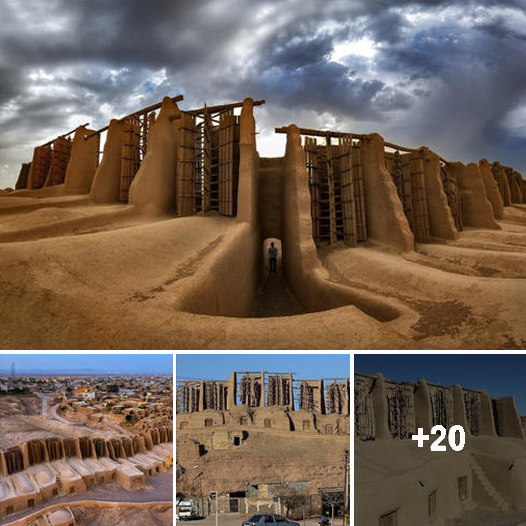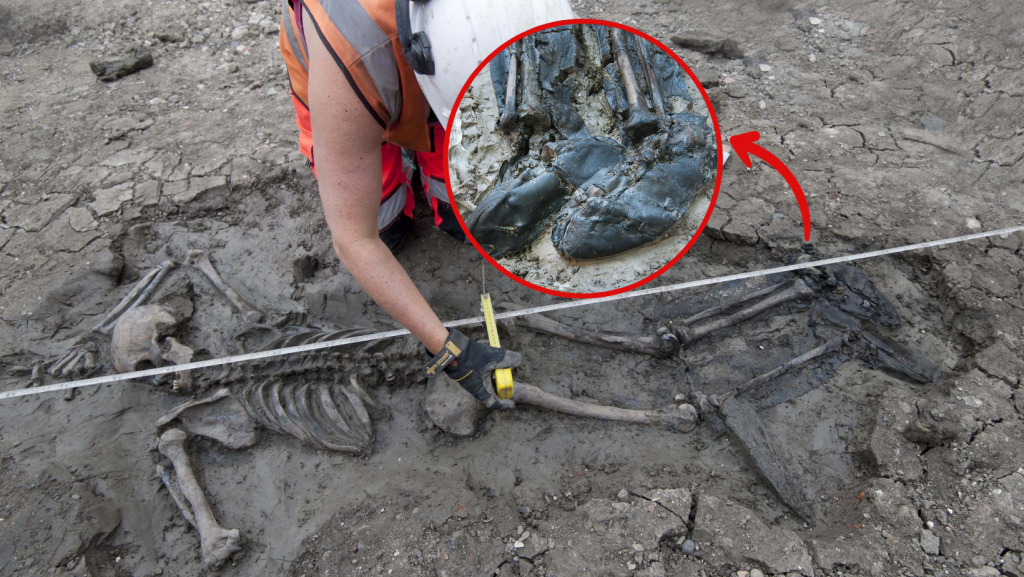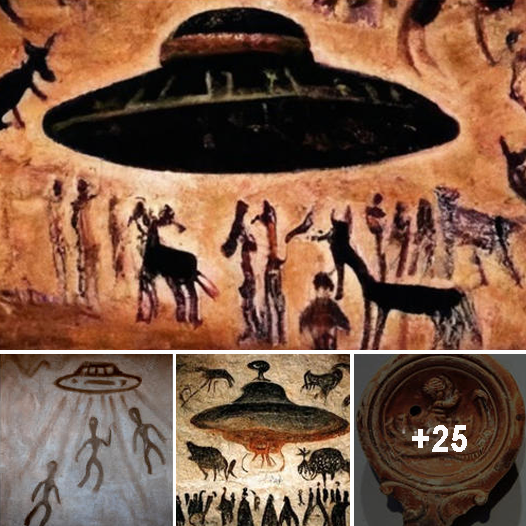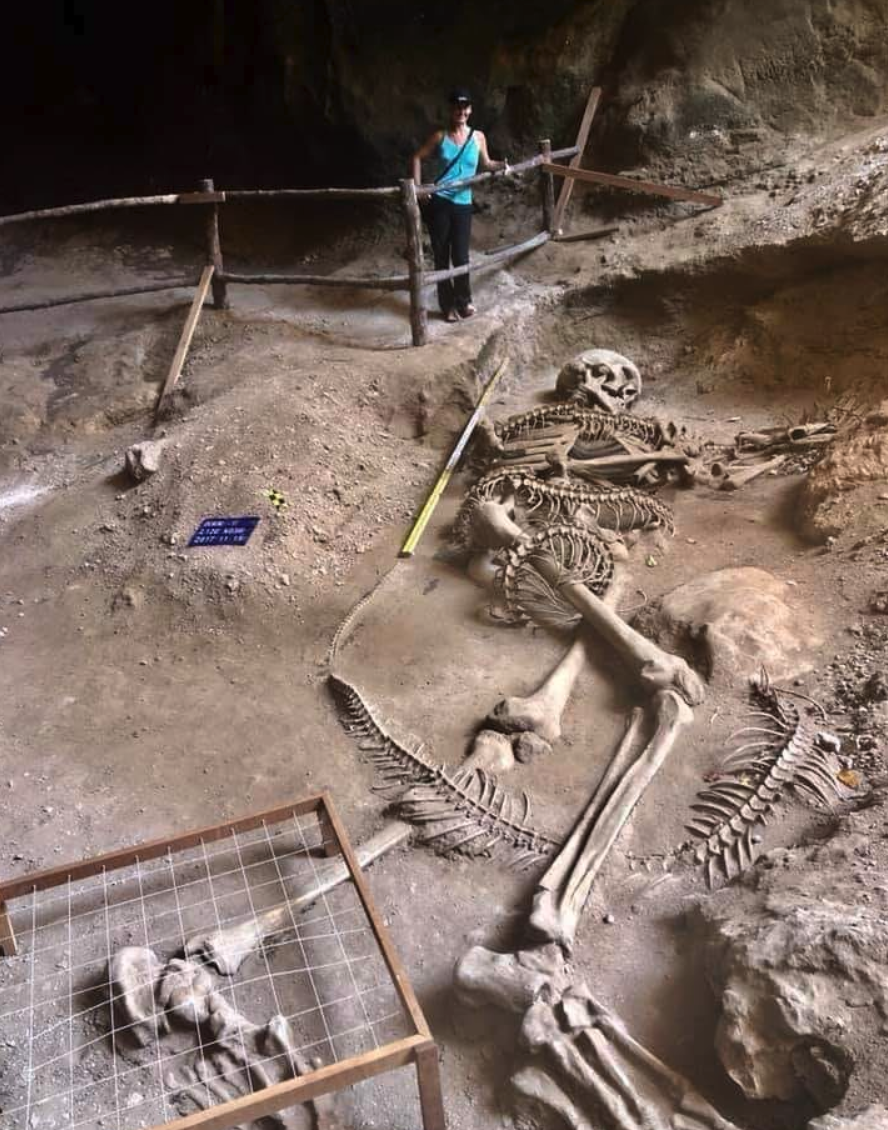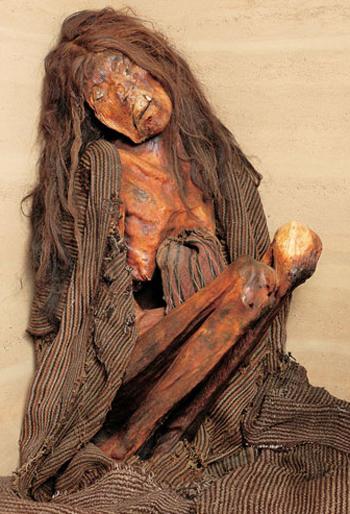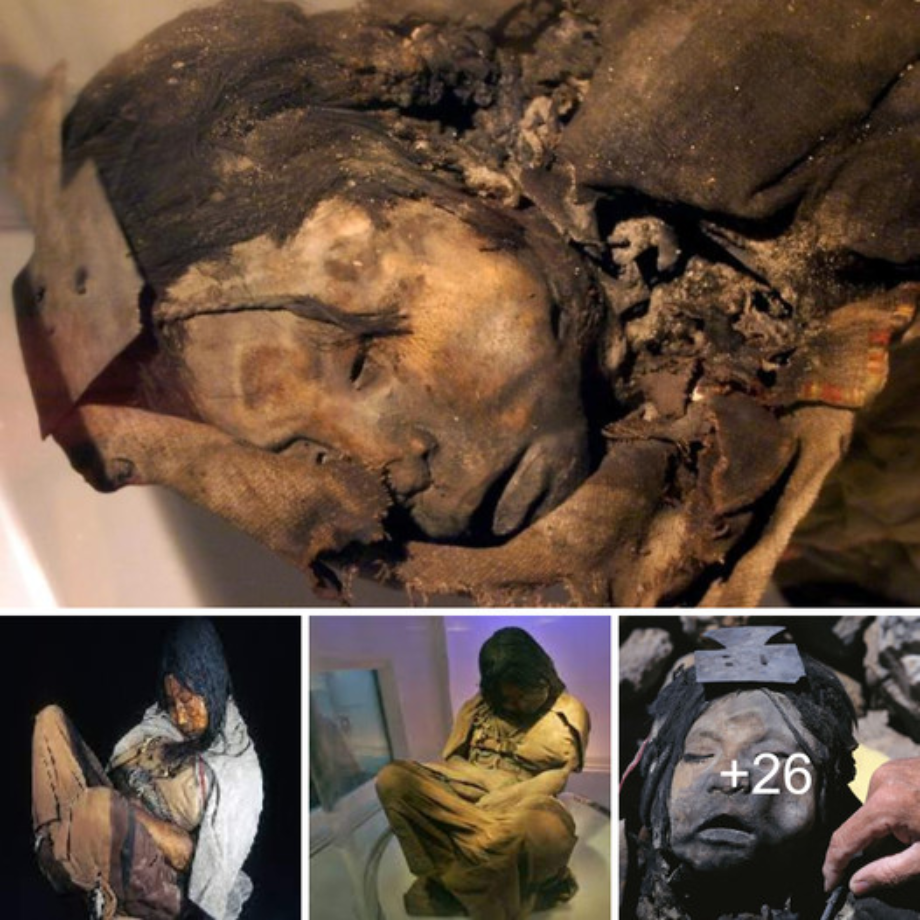Seti II was the son of Pharaoh Merenptah and his wife Isetnofret II. He was probably born in the Lower Egyptian capital of Pi-Ramesses, where many of the kings of the 19th Dynasty ruled.
There was some contest for the throne when Merenptah died. Most likely, Seti II rose to the throne as his son, but during the fourth year of his reign, a man named Amenmesse took control of Thebes and Upper Egypt. Who Amenmesse was is a whole different question, but it has been theorized that he was the brother, half-brother, or even son of Seti II.
Seti II was able to take back Upper Egypt before the 5th year of his reign. He then proceeded with a smear campaign of Amenmesse. Seti II’s throne name was Userkheperure Setepenre, meaning “Powerful are the manifestations of Re, the chosen one of Re.”

During his reign, he expanded the copper mines at Timna Valley in Edmon and built a temple of Hathor nearby. He also made small additions to the temple complex of Karnak.
Seti II was married two at least to women Twosret and Takhat. If the theories that Amenmesse was his son are true, then he may have also been married to his mother Tiaa. Seti only had one son, Seti-Merenptah, but he sadly died before his father. This left a serious succession crisis when Seti II died.
Death and Tomb
Seti II only ruled for about 5 years and 10 months. Siptah was named successor of Seti, but after his short reign, Queen Twosret took the throne as Pharoah!

KV13 was Seti II’s tomb built in the Valley of the Kings in Thebes. During Amenmesse’s takeover, Seti’s name was removed from the tomb. It was then recarved when Seti took power. Unfortunately, the tomb was not finished when he died, so he may have been originally buried in his wife’s tomb, KV14, before being moved.
The tomb consists of a short entry corridor, three more corridors, a well chamber (although with no well), a four-pillared hall, and then the final corridor leading to the burial chamber. The walls and the ceiling of the chamber were covered with plaster and painted with images of Anubis, Osiris, and the goddess Nut on the ceilings. It features images of different funerary texts like the Litany of Re, the Amduat, and the Book of the Gates. There are also some very unique images of Seti on a shrine, on the back of a panther, and in a papyrus skiff.

Very little color, but a long hallway in the tomb of Seti II
The tomb was opened in antiquity as there are several Greek and Latin graffiti. Richard Pococke apparently performed the first brief excavations in 1738. But Howard Carter did a full excavation from 1903 to 1904. The tomb was then used as a makeshift laboratory for the cleaning of objects found in King Tut’s tomb.

Rediscovery
When the tomb was discovered only the lid of his sarcophagus was found. So where was his mummy? Like many of the New Kingdom mummies, priests in the Third Intermediate Period removed looted mummies of pharaohs and placed them in caches.
The mummy of Seti II was found in KV35, which was used as a mummy cache. This was discovered on March 19th, 1899. The mummy, which I will describe below, was found in an uninscribed and undecorated coffin (CG 61036-7). The original decoration was adzed off and it was then covered in a layer of plaster.

There was no lid for the coffin, but a lid inscribed for Seti II was discovered on the coffin where AmenH๏τep III was found.
Interestingly, in 1908 Egyptologist Edward R. Ayrton found a small tomb in the Valley of the Kings, KV56. This tomb contained a small cache of jewelry that featured the name of Seti II, including these earrings.

Mummy
The body was severely damaged in antiquity. The body has adze marks from the tool used to strip away the original bandages. Part of the chest wall has been broken away, which seems to have happened before the body was wrapped. Perhaps in a bad mummification job?

The head was found detached from the body along with the arms. The right forearm, hand, and several of the left fingers were missing. There was also a small hole in his skull, which has been similarly found on the skulls of Merenptah, Ramesses IV, Ramesses V, and Ramesses VI.
Several objects were placed with the mummy, either when it was originally buried or when it was rewrapped in the cache. There were blue faience wdat amulets on strings which were wound up from his ankles to his knees. Blue scarabs were attached to the ends of these strings. Finally, there were three small sphinx amulets on top of the right knee.

The mummy’s original wrappings had been covered with a shroud, where there was a small docket giving the name of Seti II. Clothing had also been employed to wrap the mummy. Reportedly there were also two intact shirts made of fine muslin were found among the wrappings along with pieces from several other garments. The cartouche of Merenptah and two other hieratic inscriptions were found on the shirt. There was also apparently red and blue fringing on some of the wrappings.
